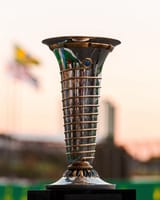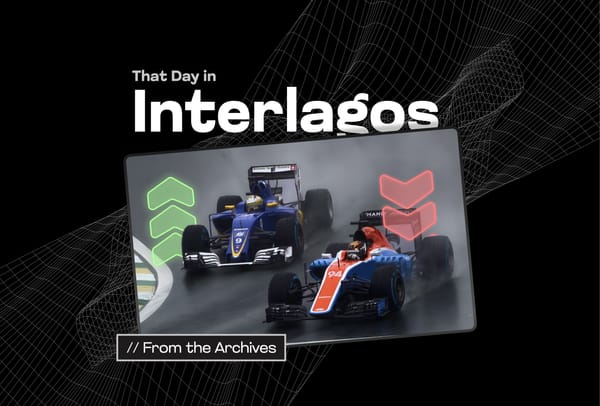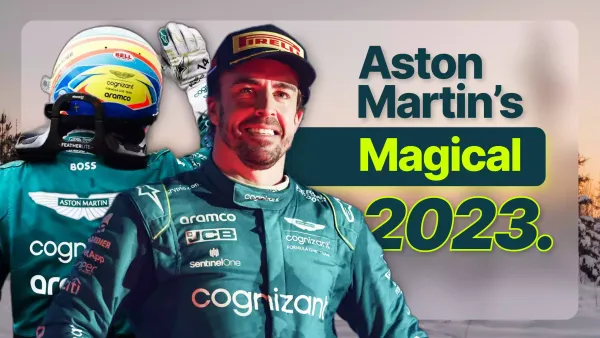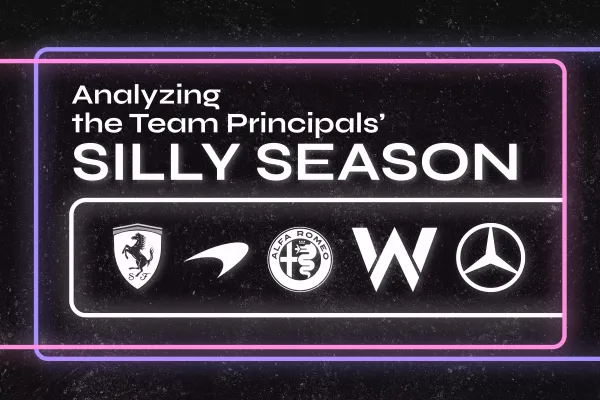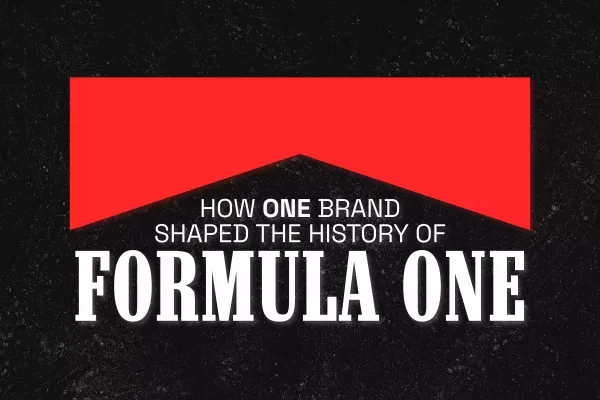Can Ferrari Finally Challenge Red Bull at the Japanese Grand Prix?
Is there hope on the horizon for Ferrari after a surprising 1-2 finish at Australia? Is it just pace or did they just get lucky because of Max Verstappen's DNF?
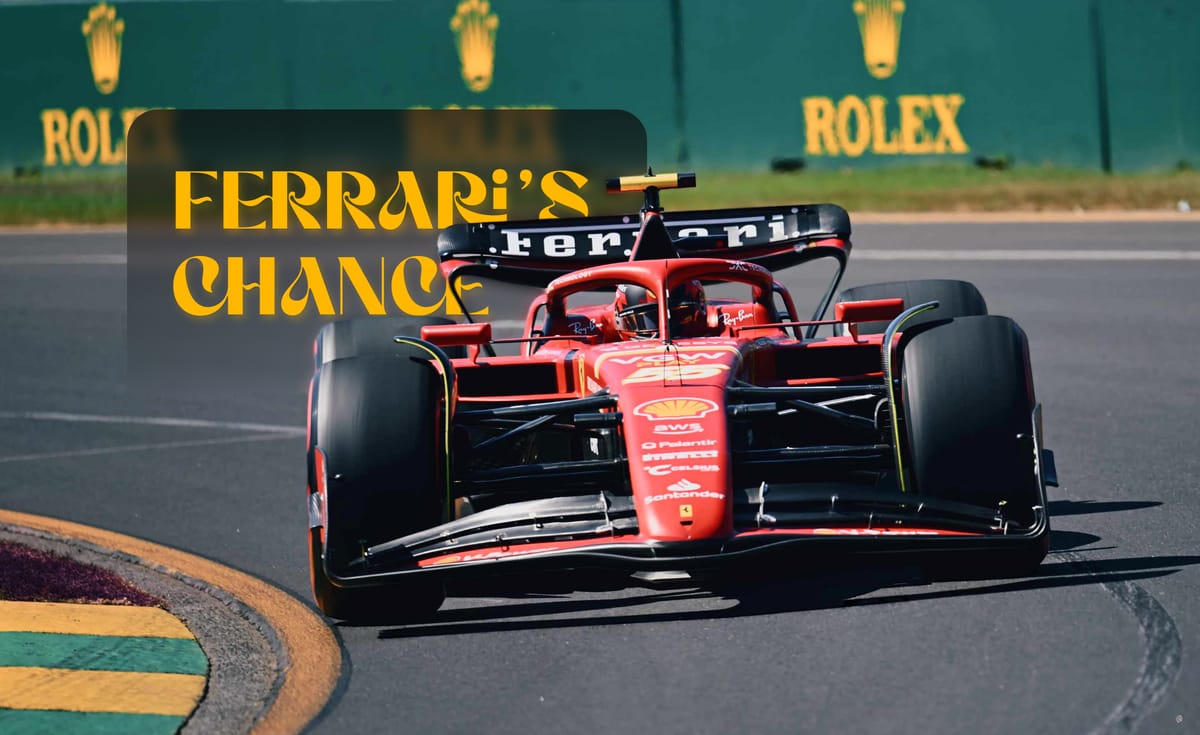
At the Australian Grand Prix, Ferrari surprised everyone by securing a 1-2 finish. Carlos Sainz delivered an impressive performance after having undergone surgery to remove his appendix just two weeks prior. This has left many fans wondering whether Ferrari is a legitimate threat to Red Bull, which has dominated the grid for the last two years. To answer this question, let's analyze their performances this season. With that, we should be able to come to a more accurate conclusion.
Bahrain Grand Prix
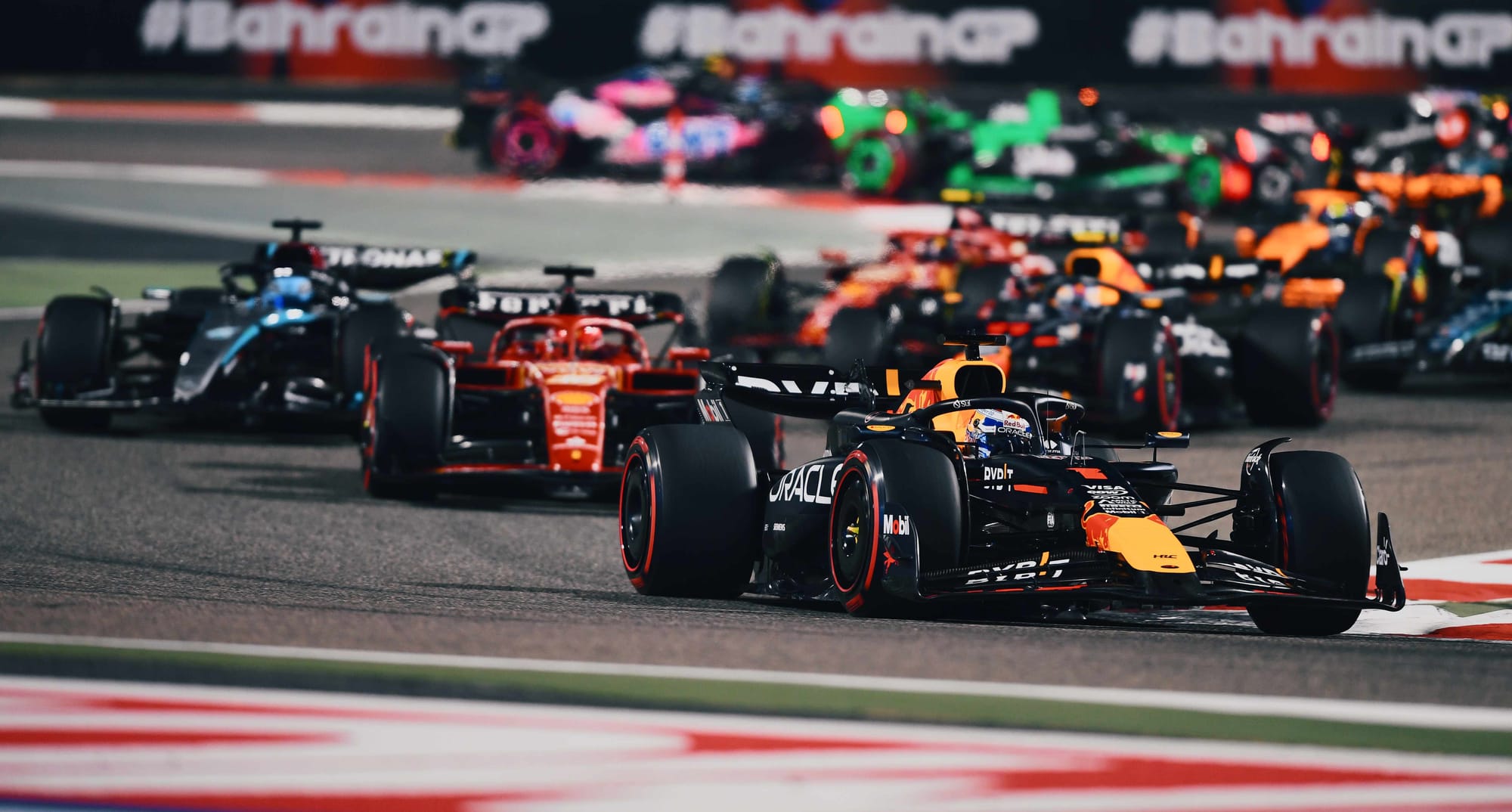
In Bahrain, Charles Leclerc qualified on the front row, but was disappointed with the result. He believed he could have taken pole position, but due to having a poor final run was unable to compete. Was this true? Did the Ferraris have the pace to compete with the mighty Red Bulls in Qualifying truly? Ultimately, the answer was yes, as Charles Leclerc's time in Qualifying 2 was faster than Max Verstappen's pole time. Unfortunately, during the race, Leclerc faced a brake issue that caused the temperature of his brakes to fluctuate between one another up to 200 degrees. Ferrari reported that this issue slowed Leclerc's lap times by about seven tenths of a second per lap from the start of the race.
Leclerc's teammate, Carlos Sainz, also experienced a brake issue, which was less severe than Charles'. Sainz finished in third place after overtaking his teammate and George Russell's Mercedes, finishing just five seconds behind Sergio Perez in second.
So, while Ferrari appeared to be fast in qualifying, were they anywhere close in the race? In terms of the results, no. However, if you read between the lines, the average race pace in Bahrain showed that the Red Bulls were about four-tenths of a second per lap quicker than the Ferraris. If you subtract the seven-tenths of a second that Leclerc lost every lap, we can see that the finishing results could have potentially been different. Without the issue, Ferrari could have potentially challenged the Red Bull for the victory in the race. It's impossible to say with any certainty, but it is certainly possible that without the brake issues, Leclerc and Sainz might have finished on the podium and been much closer to Verstappen than the final results suggest.
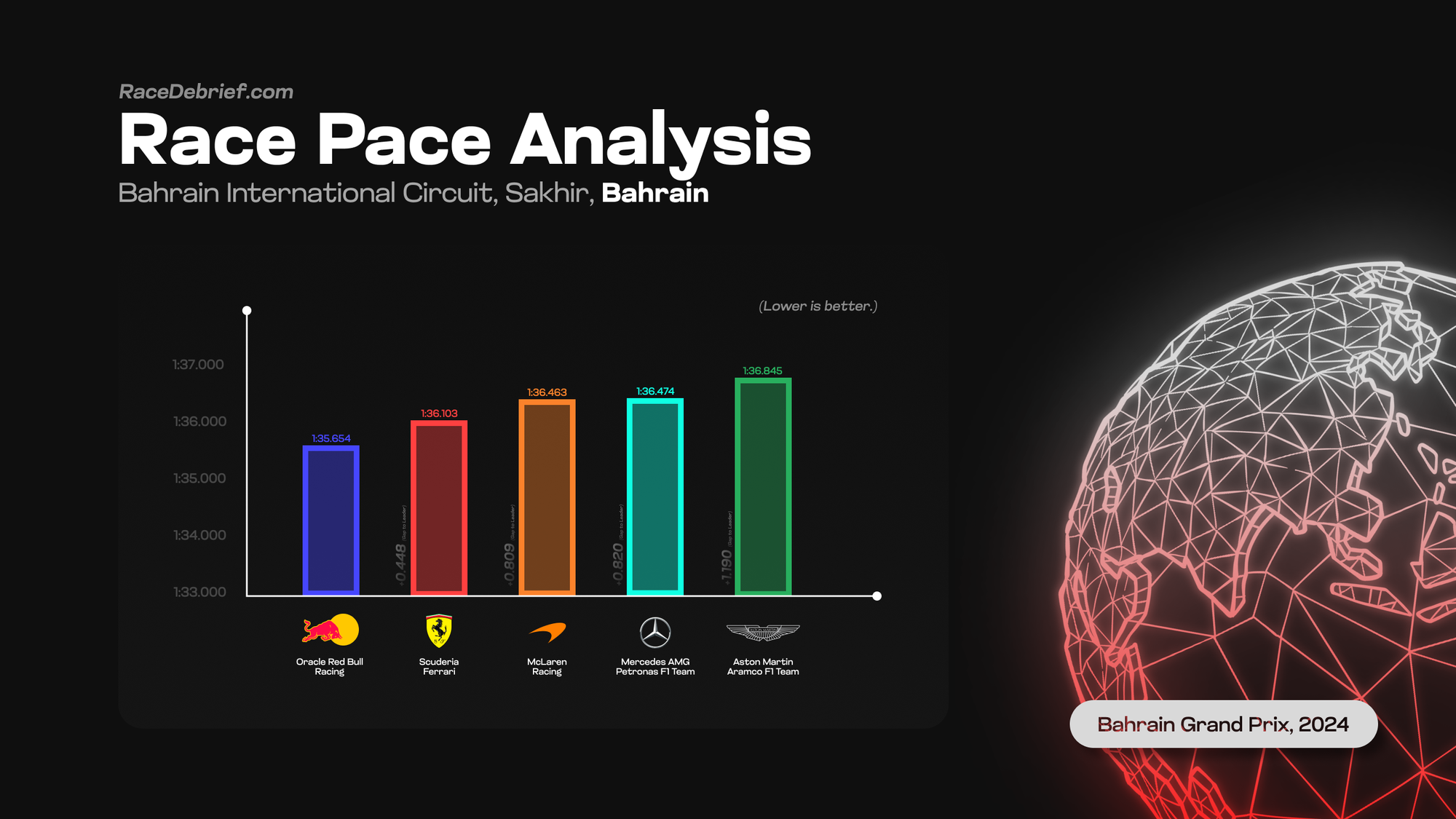
Saudi Arabian Grand Prix
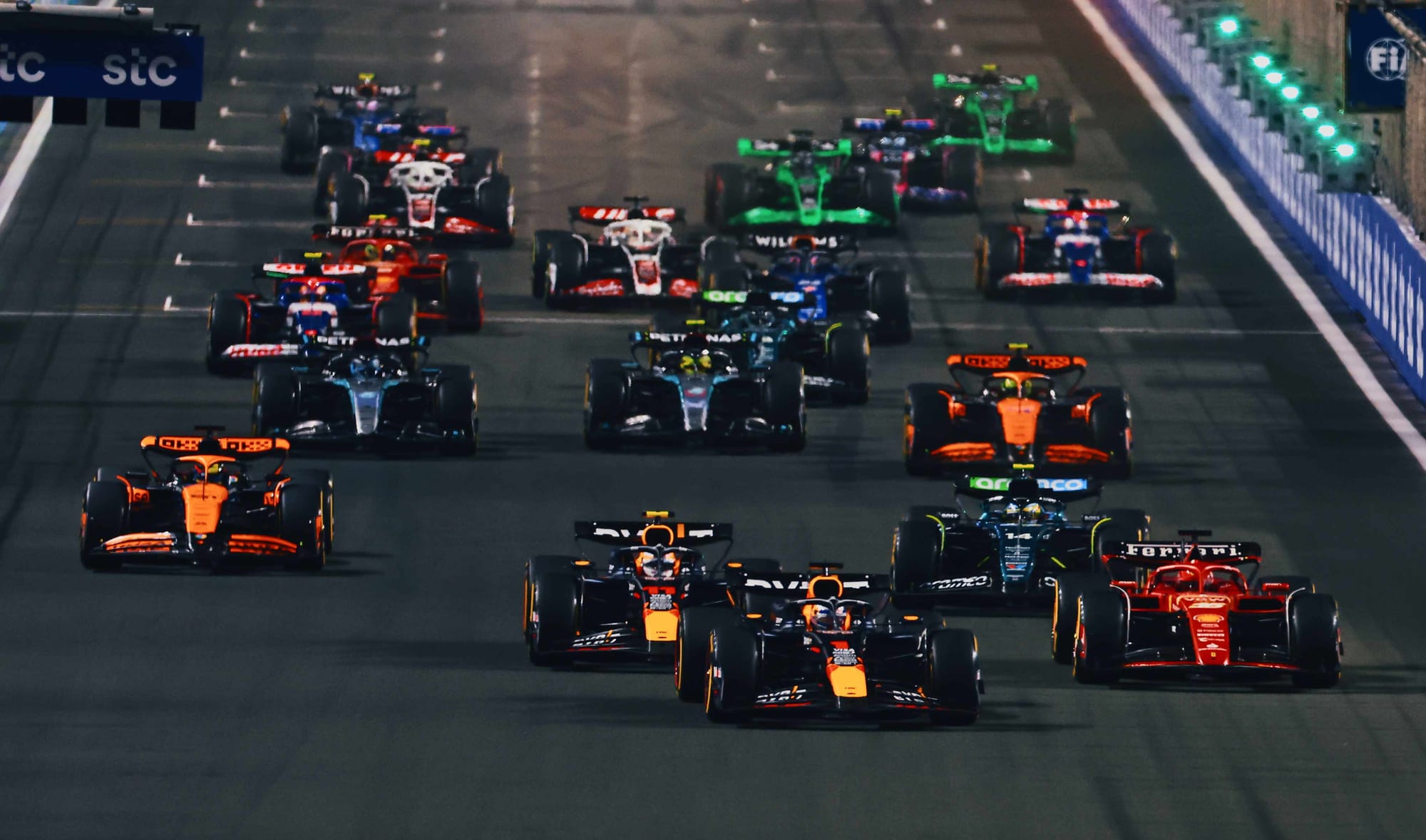
In Jeddah, the Ferraris displayed a different qualifying pace than in Bahrain. Although Leclerc qualified on the front row again, he was almost four-tenths slower than Max, who secured the pole position this time. Unfortunately, Sainz was unavailable for the weekend, so we cannot make a representative comparison for Leclerc. However, Oliver Bearman, who replaced Sainz, made a commendable result and put his car in the 11th position for the Grand Prix.
Perez overtook Leclerc early on during the race, and the positions remained unchanged until the end. On the other hand, Bearman made his way up to a fantastic 7th position due to strategic blunders by the 4 and 44 cars. The finishing gap of 30 seconds to Ferrari was repeated; however, Ferrari did not face any issues that had troubled them in Bahrain. This should have definitively indicated that Red Bull is the faster car and has a chance of winning every race again, right? Not exactly.
Jeddah is a very high-speed circuit and is one of the, if not the fastest, circuit on the entire calendar, especially regarding high-speed corners. In 2022 and 2023, Red Bull found its most significant advantage in high-speed corners, which was evident in races like Japan and Qatar last year, where Max finished over 40 seconds ahead of anyone in the field and over a minute ahead of any non-McLaren (who is also very strong in high speeds). This explains why Red Bull had a much faster pace than Ferrari that weekend since Ferrari gained most of its advantage from low-speed corners, of which Jeddah had only one.
The race pace seemed similar to what we had seen in Bahrain on paper (see below). The biggest surprise to me was McLaren's lack of speed during the weekend compared to Ferrari. Last season, McLaren was typically the second-strongest team, particularly on high-speed tracks. However, Ferrari was still about three-tenths ahead.
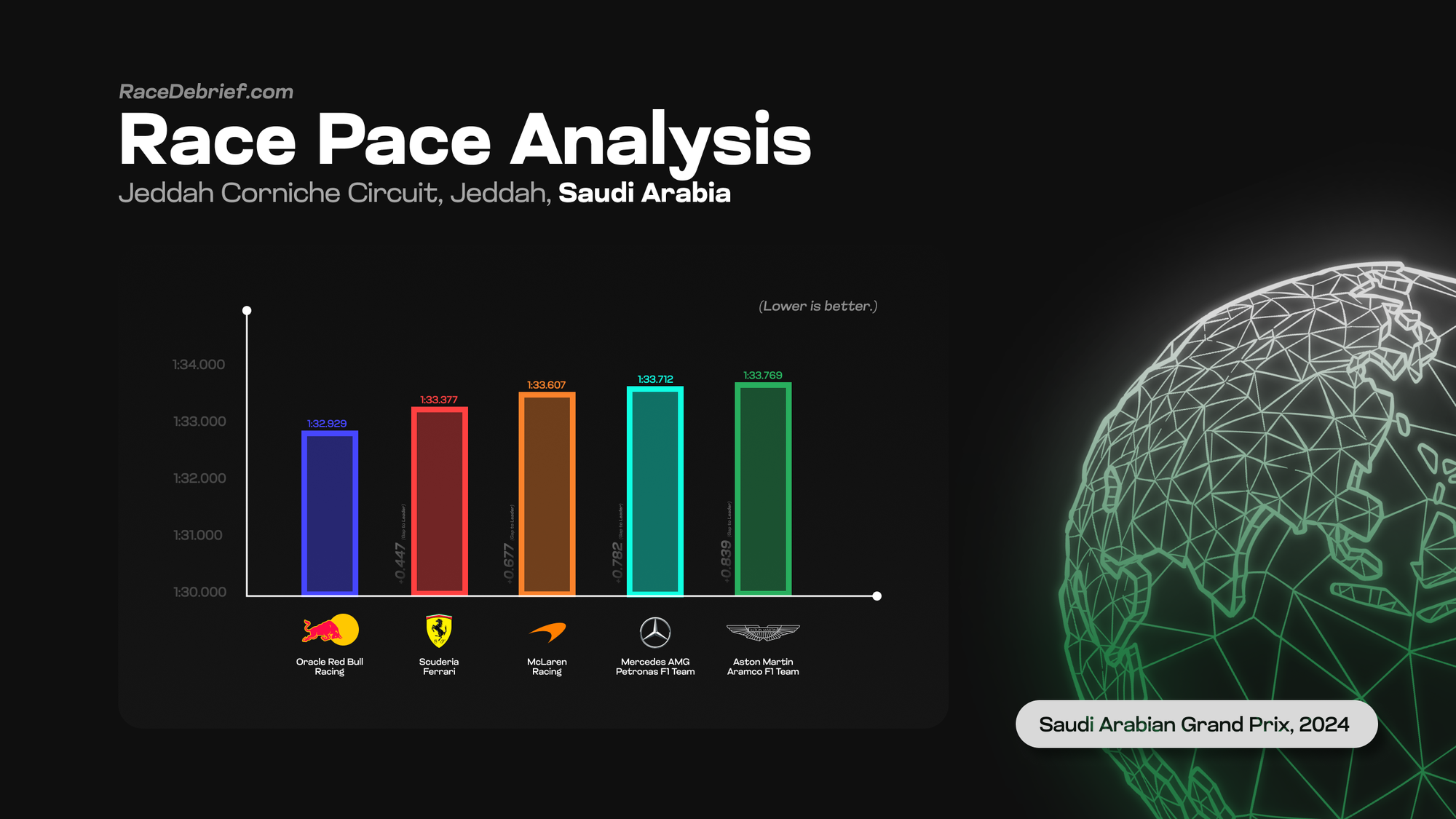
Australian Grand Prix
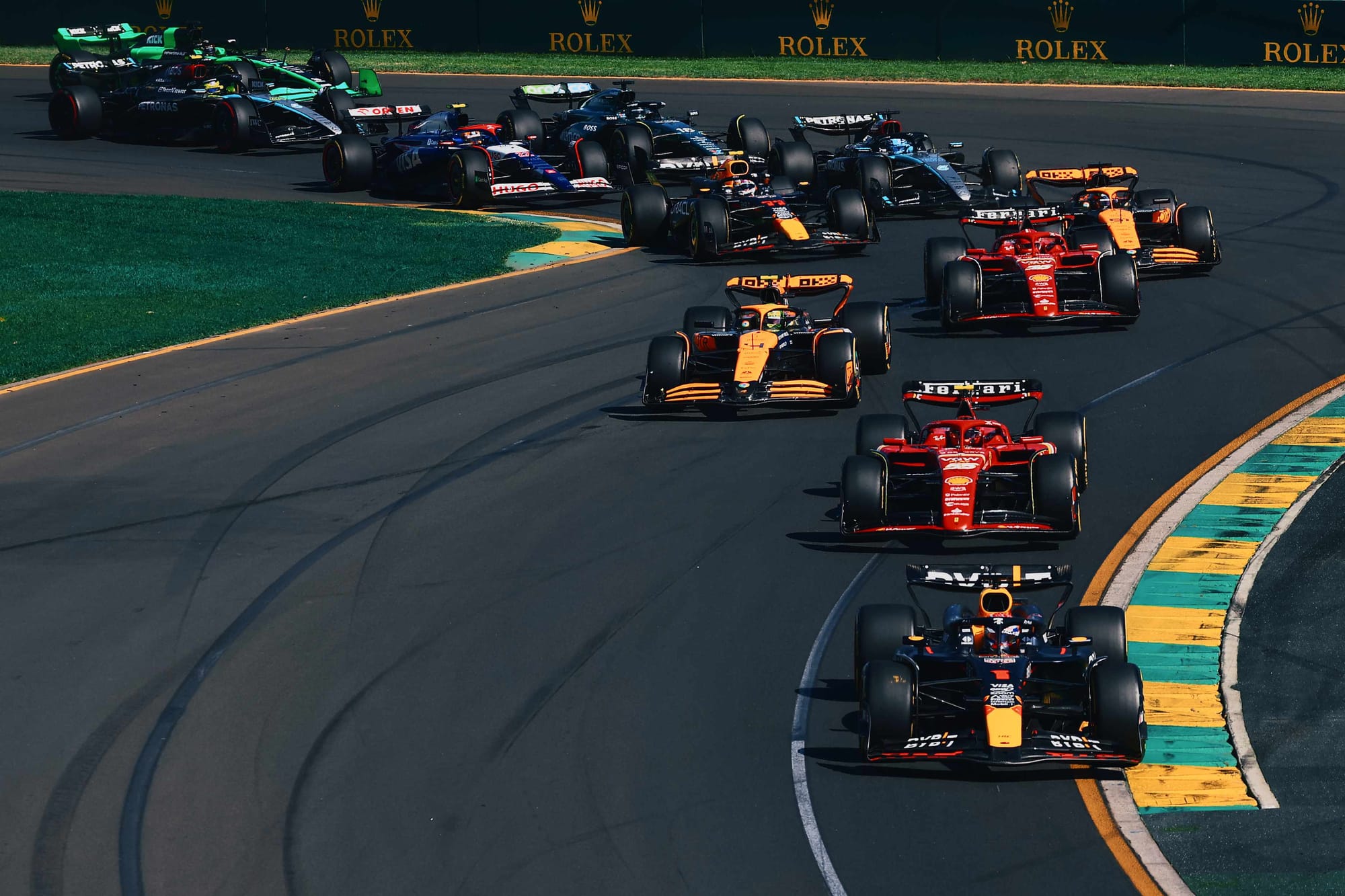
During practice, the Ferraris seemed to perform better than the Red Bulls, with Leclerc topping every session except for one, which his teammate won in FP3. However, during qualifying, Leclerc reported feeling less comfortable in the car than he had during practice, and this showed in the timing sheets, as he ended up behind his teammate in P3. On the other hand, Sainz managed to secure P2, just behind Verstappen and only two-tenths off the pace of the Dutchman. Many people expected Verstappen to dominate the race again, with the Ferraris falling behind as usual, but this time, they were wrong.
Verstappen held onto his lead going into Turn 1 on the first lap, while Sainz remained in P2. Leclerc fell back to P4 after being overtaken by Norris. It only took Sainz one lap to take the lead from Verstappen, who suffered from brake issues. However, these issues did not affect how much faster the Ferrari was early in the race. Max's brake problems became more significant when he was stuck behind Sainz, creating turbulent hot air, exacerbating the problem and forcing him to retire from the event.
Ferrari undercut Norris and took P2 in the race, and that's how the top three finished, with Ferrari securing its first 1-2 since Bahrain 2022. In the second Red Bull, Perez was hindered by a tear-off on his final stint, which prevented him from catching Piastri and Norris. However, this damage cost him around a tenth at most, and he may not have caught up anyway, finishing in P5.
Ferrari topped the Average Race Pace chart, with McLaren coming in second, just a tenth off Ferrari's pace. Red Bull, on the other hand, was half a second behind Ferrari in this race. Although Verstappen did not finish the race, and the data comes from Perez, it is unlikely that Max is half a second per lap faster than Checo would have been. Regardless of Verstappen's DNF, Ferrari had the better car in Australia. It is impossible to say whether they would have won the race, but it is also impossible to say that Ferrari would not have won the race, even if Max had no issues.
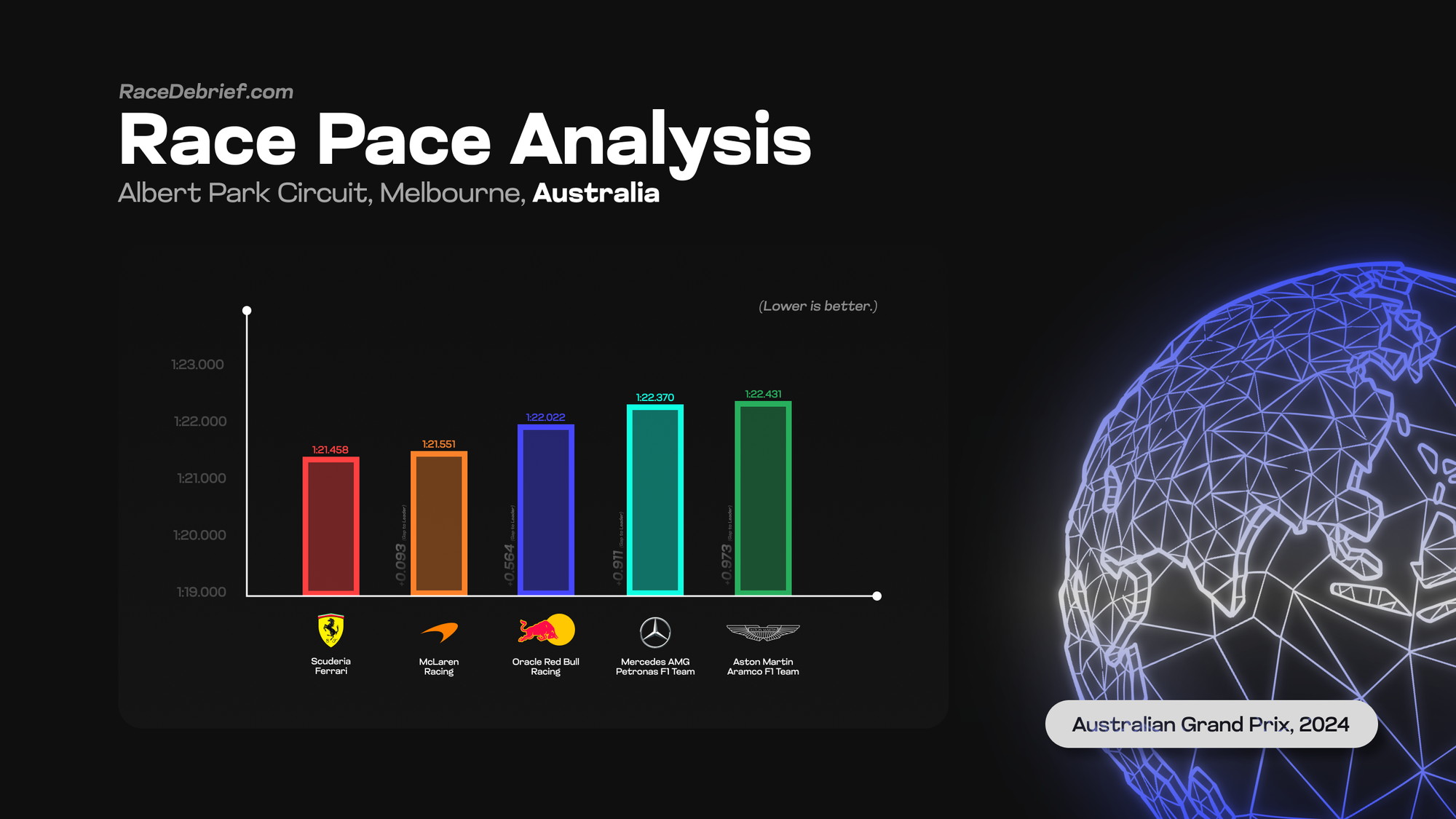
The Future of the Scuderia
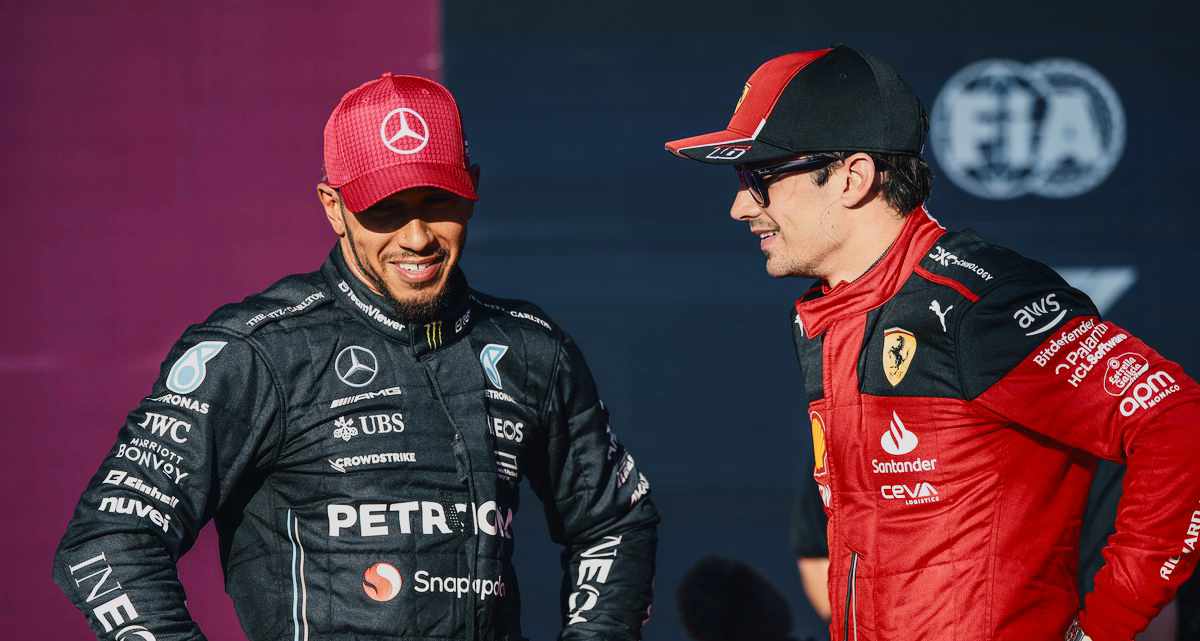
Ferrari plans to introduce a significant upgrade to their package for this weekend's Japanese Grand Prix. This upgrade has been rumored to be worth upwards of 3-4 tenths per lap. However, these estimations are typically exaggerated as it is very hard to find the peak performance of a car. This upgrade, however, should provide Ferrari a much more competitive package than they had in Jeddah. Japan is full of high-speed corners similar to Jeddah, which means this circuit will likely favor the Red Bull concept. If Ferrari can maintain a similar level of performance as they did in Australia or Bahrain, it would show they have made significant progress with their car already in such a short time. As of now, Red Bull is still the team to beat, but Ferrari may have a slim chance of causing an upset this season.
With Ferrari's upward trajectory, for the first time, there seems to be that slim hope that Ferrari fans have been clinging to for nearly the past 20 years. With seven-time WDC Lewis Hamilton pairing superstar Charles Leclerc, their lineup couldn't be stronger on paper. Their car development has progressed leagues ahead of any other team over the winter, and it also continues as the season progresses. Last year, Ferrari finally realized the fatal flaw of their design after over a year of searching. This has led Ferrari to push toward the front once again and Mercedes to remain fighting for 3rd in the WCC as they have still yet to find their fatal flaw. Time will tell if this upward trajectory will continue, but for the first time in forever, there is hope for the Tifosi. Can they live up to the newfound expectations?
